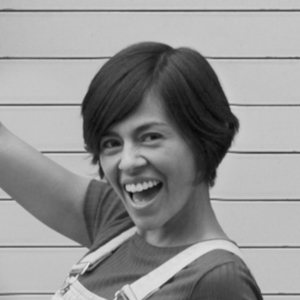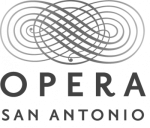(K-6)
The process of writing stories can be challenging for young authors. In this workshop, teachers will explore how students can use scissors, glue, and construction paper to create artwork that bridges the gap between unformed ideas and unique, descriptive stories. By working with elements of art—shape, color, and space—students make concrete connections to story components like character, setting, events, main idea, and details. Participants will leave with workable, accessible tools to help students generate ideas, think divergently, and write creatively.
This session gives teachers practical, arts-integrated tools to make writing accessible, joyful, and inspiring for all students. By attending, teachers will:
- Learn hands-on strategies that connect art-making with the writing process.
- Discover how to help students overcome writer’s block by visualizing ideas.
- Gain TEKS-aligned activities that support literacy, creativity, and self-confidence.
- Leave with a new toolkit for transforming blank pages into imaginative, student-driven stories.
Art unlocks storytelling—and helps every child see themselves as an author.
TEKS Connections (Grades K–6)
English Language Arts & Reading (110.2–110.16)
- Writing Process (K.11–6.11): Plan, draft, revise, edit, and publish stories with support.
- Comprehension & Response (K.6–6.6; K.7–6.7): Identify and describe characters, settings, and events; connect artwork to story elements.
- Oral Language (K.1–6.1): Share ideas clearly, listen to peers, and engage in collaborative discussion.
Visual Arts (117.102–117.111)
- Creative Expression (K.2–6.2): Use shape, color, and space to represent characters, settings, and events.
- Historical/Cultural Heritage (K.3–6.3): Connect visual storytelling to personal, cultural, and community traditions.
- Response & Evaluation (K.4–6.4): Reflect on and critique choices in both visual artwork and narrative writing.
Social Studies (113.11–113.16)
- Culture (K.13–6.13): Explore stories that reflect family, community, or cultural identity.
- History/Chronology (K.3–6.3): Sequence events in personal or fictional narratives.
Health (115.xx)
- Collaboration: Work with peers to share and discuss visual stories.
- Confidence: Present artwork and writing in supportive group settings.
- Creativity & Divergent Thinking: Explore multiple solutions and perspectives through the integration of art and writing.
Crossover TEKS Highlights
- ELAR + Visual Arts: Storyboarding with cut paper strengthens planning and sequencing in the writing process.
- ELAR + Social Studies: Storytelling strengthens communication skills and deepens understanding of timelines, cause and effect, and key historical events.
- Visual Arts + Health: Reflection and evaluation of artwork encourages self-expression and confidence.
- ELAR + Health: Sharing stories builds collaboration, communication, and peer feedback skills.
Register Now














